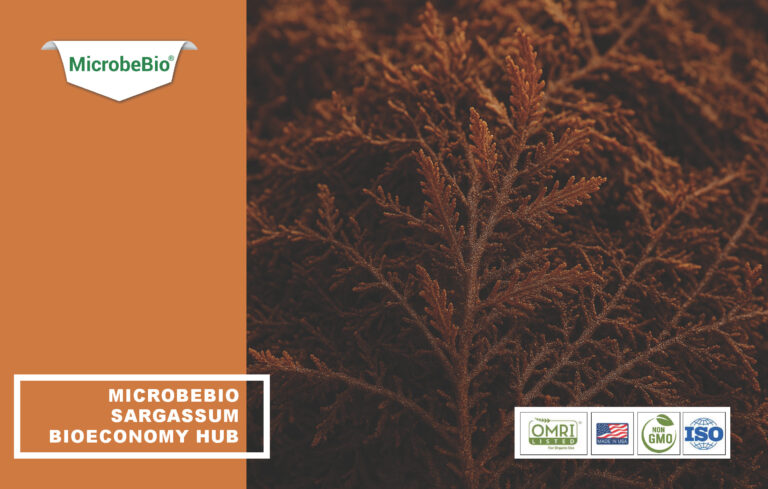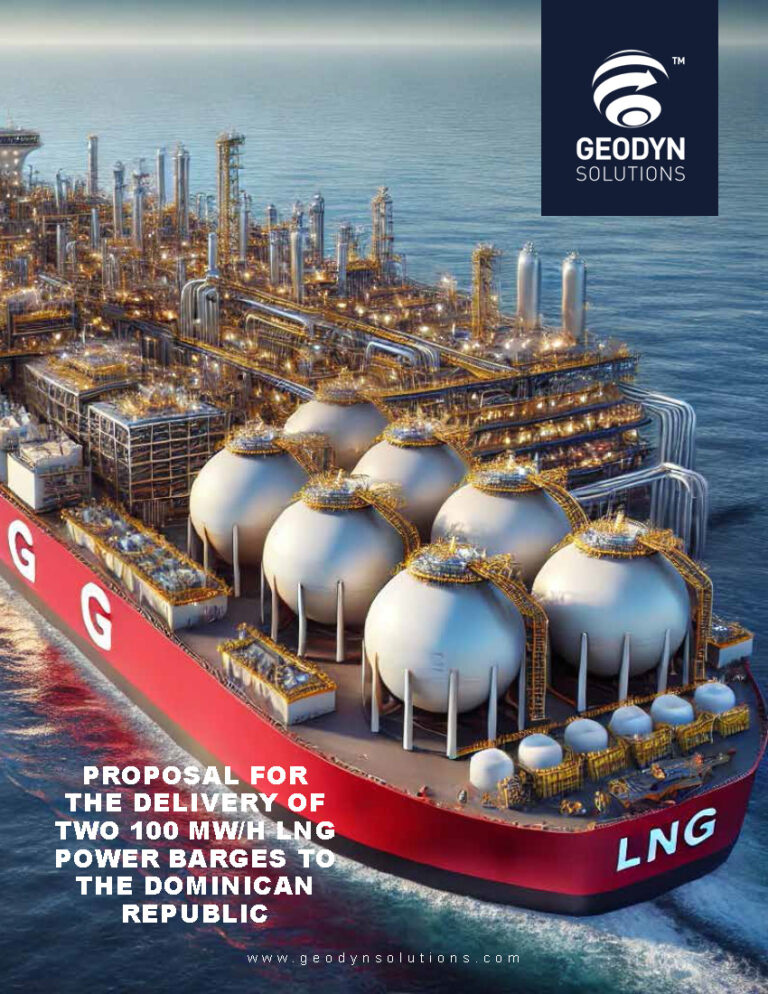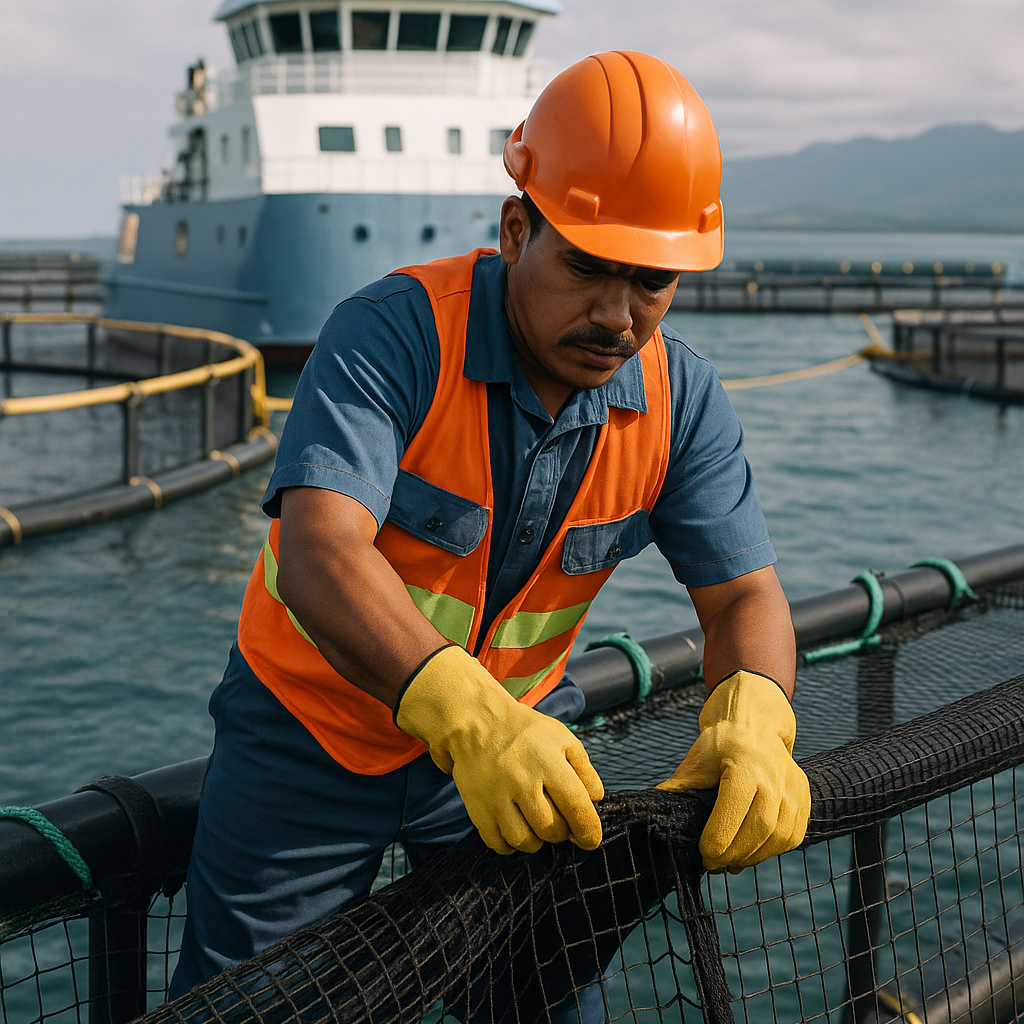Geodyn Solutions Proposal: Self-Sustaining Project Network in the Dominican Republic
Geodyn Solutions proposes a $100 million investment, including a 15% contingency ($15 million), to establish a scalable, self-sustaining network of interconnected projects in the Dominican Republic. This ecosystem integrates shrimp and fish farms, feed factories, microbe labs, hemp/kenaf cultivation, and renewable energy systems, leveraging local waste streams (sugarcane bagasse, fish/shrimp waste, agricultural residues, tires, organic trash) to minimize external inputs. The network prioritizes environmental sustainability, high return on investment (ROI), and job creation, producing valuable commodities like biofertilizers, biopesticides, bioplastics, probiotics, and renewable energy. Starting with shrimp/fish farms and microbe labs, the project maximizes profitability through circular economy principles, with profits allocated as 30% repayment reserve, 30% profit distribution, and 40% reinvestment after repaying the initial investment. Over 10 years, the project aims to create 1,500–2,000 jobs, reduce waste by 50,000 tons annually, and achieve an ROI of 12–15% by year 5, positioning Geodyn as a leader in sustainable innovation.
Project Descriptions
Shrimp and Fish Farms with Processing and Packaging
- Description: Establish 100 hectares of shrimp (whiteleg) and fish (tilapia) farms for local consumption and export, with a processing center for cleaning, freezing, and packaging. Use hemp-based bioplastics for eco-friendly packaging. Convert fish/shrimp waste (shells, bones, offal) into biofertilizers, biopesticides, and feed.
- Technologies: IoT sensors for water quality, AI for disease detection, automated processing lines.
- Integration: Waste feeds microbe labs and feed factories; probiotics from labs enhance shrimp/fish health.
- Capacity: 2,000 tons shrimp, 1,500 tons tilapia annually by year 3.
Feed Factories
- Description: Produce 5,000 tons/year of high-protein feed for shrimp, fish, poultry, and pigs using black soldier fly (BSF) larvae, seaweed, hemp seeds, and probiotics. Use fish/shrimp waste and agricultural residues as inputs.
- Technologies: Automated feed pelletizing, BSF larvae bioreactors.
- Integration: Supplies farms, reducing external feed costs; uses project waste for self-reliance.
- Market: Local farmers, export to Caribbean markets.
Microbe Labs and Biofertilizer/Biopesticide Production
- Description: Develop labs to produce microbes and mycorrhizae for biofertilizers, biopesticides, and probiotics. Use fish/shrimp waste and sugarcane bagasse for production. Output: 1,000 tons biofertilizers, 500 tons biopesticides, 200 tons probiotics annually by year 3.
- Technologies: Microbial fermentation, automated probiotic formulation.
- Integration: Enhances shrimp/fish health, supports hemp/kenaf growth, reduces chemical inputs.
Hemp and Kenaf Cultivation
- Description: Cultivate 200 hectares of hemp for seeds (feed) and fiber (bioplastics, packaging, textiles). Use biofertilizers and biopesticides for sustainable growth.
- Technologies: Precision agriculture with drones, IoT soil sensors.
- Integration: Fiber for packaging, seeds for feed; residues for pyrolysis.
Renewable Energy Systems
- Description: Install 5 MW solar panels and 2 MW pyrolysis units with Organic Rankine Cycle (ORC) systems, using agricultural waste, hemp residues, and tires. Power all operations, including microbe labs and processing.
- Technologies: Advanced pyrolysis, ORC heat recovery.
- Integration: Biochar from pyrolysis enhances soil; energy ensures self-reliance.
Financial Analysis
Budget Allocation ($100M Total)
- Shrimp/Fish Farms: $25M (farms: $15M, processing/packaging: $10M)
- Feed Factories: $15M
- Microbe Labs: $15M
- Hemp/Kenaf Cultivation: $10M
- Renewable Energy: $20M (solar: $10M, pyrolysis: $10M)
- Contingency: $15M
ROI Projections
- Year 1–3 (Setup Phase): Initial losses due to construction; revenue from shrimp/fish sales starts year 2 ($5M/year).
- Year 4–5 (Operational Phase): Net profit $10M–$15M/year; ROI 12–15% by year 5.
- Year 6–10 (Scaled Phase): Profit $20M–$30M/year; ROI 18–22%.
- Total Investment Repayment: By year 7, assuming consistent profits.
ROI: Purchasing vs. Creating Power
- Purchasing Power: Grid electricity at $0.15/kWh; annual cost $2.5M for 16.7 GWh (microbe labs, processing, farms).
- Creating Power: Solar ($10M capex, $0.5M/year opex, $0.05/kWh) + pyrolysis ($10M capex, $0.7M/year opex, $0.06/kWh). Total cost: $20M capex, $1.2M/year opex. Breakeven vs. grid: 6 years; 20-year savings: $25M.
- Recommendation: Create power for cost savings, reliability, and sustainability.
Operational Costs (Annual, Year 3)
- Shrimp/Fish Farms: $8M (labor: $3M, maintenance: $2M, inputs: $3M)
- Feed Factories: $4M (labor: $1.5M, waste processing: $1.5M, maintenance: $1M)
- Microbe Labs: $3M (labor: $1M, fermentation: $1M, maintenance: $1M)
- Hemp/Kenaf: $2M (labor: $1M, inputs: $0.5M, maintenance: $0.5M)
- Energy Systems: $1.2M (solar: $0.5M, pyrolysis: $0.7M)
- Total: $18.2M/year
- Cost Minimization: Recycle waste for feed/fertilizers; automate processing; use biochar to reduce soil inputs.
Profit Allocation (Post-Repayment)
- 30% Repayment Reserve: $3M–$9M/year (years 8–10) for loan buffers.
- 30% Profit Distribution: $3M–$9M/year to investors.
- 40% Reinvestment: $4M–$12M/year to expand farms (50 ha), labs (500 tons capacity), and energy (2 MW).
Sustainability Metrics
- Waste Reduction: 50,000 tons/year diverted (20,000 tons fish/shrimp waste, 25,000 tons agricultural waste, 5,000 tons tires/organic trash).
- Carbon Savings: 30,000 tons CO2e/year reduced via renewable energy, biochar, and chemical replacement.
- Chemical Reduction: 80% reduction in synthetic fertilizers/pesticides via biofertilizers/biopesticides/
probiotics. - Circular Economy: Fish/shrimp waste → BSF larvae → feed; waste → biofertilizers/probiotics; hemp residues → bioplastics/pyrolysis.
Scalability Plan
- Phase 1 (Years 1–3): Setup shrimp/fish farms, microbe labs, feed factories; initial hemp (50 ha) and energy (2 MW solar, 1 MW pyrolysis).
- Phase 2 (Years 4–6): Expand farms (100 ha), hemp (200 ha), energy (5 MW total); increase lab output by 50%.
- Phase 3 (Years 7–10): Add 50 ha farms, 100 ha hemp, 2 MW energy; export feed/bioplastics regionally.
- Reinvestment Priorities: Farms for revenue, labs for efficiency, energy for cost savings.
Job Creation Estimates
- Phase 1 (Years 1–3): 500 jobs (farms: 200, processing: 100, labs: 50, feed: 100, energy: 50).
- Phase 2 (Years 4–6): 1,000 jobs (farms: 400, processing: 200, labs: 100, feed: 200, energy: 100).
- Phase 3 (Years 7–10): 1,500–2,000 jobs, including 200 biotech/aquaculture specialists.
- Local Impact: Training in biotechnology, aquaculture, and renewable energy; 70% jobs for locals.
Timeline
- Year 1: Land acquisition, farm/lab construction, solar installation; hire/train 300 workers.
- Year 2: Shrimp/fish production starts; microbe labs operational; feed factory at 50% capacity; revenue $5M.
- Year 3: Full farm/lab/feed capacity; pyrolysis operational; 500 jobs; revenue $15M.
- Year 4–5: Expand hemp (200 ha), energy (5 MW); 1,000 jobs; profit $10M–$15M/year.
- Year 6–7: Repay $100M; scale farms/labs; 1,500 jobs; profit $20M/year.
- Year 8–10: Regional exports; 2,000 jobs; profit $30M/year; allocate 30% reserve, 30% distribution, 40% reinvestment.
Risk Assessment
- Risks: Fish/shrimp disease, market price volatility, regulatory delays.
- Mitigation: Probiotics for disease prevention; diversify markets (local/export); secure permits early with government incentives.
- Contingency Use: $15M for disease outbreaks ($5M), equipment delays ($5M), market fluctuations ($5M).
Recommendations
- First Project: Shrimp/fish farms with microbe labs. Justification:
- ROI: Shrimp exports yield $10–$12/kg, tilapia $2–$3/kg; $15M revenue by year 3 (2,000 tons shrimp, 1,500 tons tilapia). Labs reduce input costs by 20% via probiotics/biofertilizers.
- Scalability: Farms generate waste for feed/labs; probiotics enhance yields, enabling expansion.
- Market Demand: Global shrimp demand grows 5% annually; local tilapia consumption strong.
- Ecosystem Role: Farms provide waste for feed/biofertilizers; labs support all components.
- Rationale: Starting with farms establishes revenue and waste streams, while labs ensure efficiency and sustainability, creating a foundation for feed, hemp, and energy projects.
Raw Material Sourcing
- Recommendation: Partner with farm cooperatives for sugarcane bagasse, fish/shrimp waste, and agricultural residues.
- Cost: $0.5M/year vs. $2M/year for land purchase (200 ha at $10,000/ha).
- Availability: Dominican Republic produces 5M tons sugarcane bagasse, 100,000 tons fish/shrimp waste annually.
- Reliability: Cooperatives ensure steady supply; contracts lock in prices.
- Fish Waste Demand: Processing center centralizes waste collection, meeting lab/feed needs.
Self-Reliance Strategy
- Integration: Fish/shrimp waste → BSF larvae → feed; waste → microbe labs → biofertilizers/probiotics; hemp residues → bioplastics/pyrolysis; biochar → soil fertility.
- Outcome: 90% of inputs (feed, fertilizers, energy) produced internally by year 5, reducing external costs by $5M/year.
Conclusion
Geodyn Solutions’ $100M investment will create a self-sustaining, scalable project network in the Dominican Republic, delivering 12–15% ROI by year 5, 1,500–2,000 jobs, and 50,000 tons/year waste reduction. Starting with shrimp/fish farms and microbe labs ensures high profitability and ecosystem integration, leveraging local waste and advanced technologies. The profit allocation strategy (30% reserve, 30% distribution, 40% reinvestment) supports long-term growth, positioning Geodyn as a leader in sustainable innovation.




